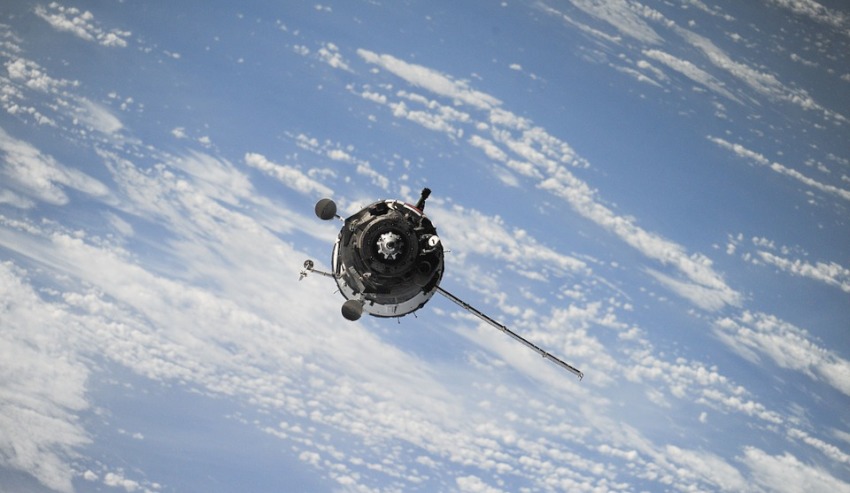That was the Bigelow Aerospace’s Genesis II experimental habitat and Russia’s defunct Cosmos 1300 satellite, with the US Air Force declaring a 5.6 per cent (one in 20) chance of a collision when their orbits intersected.
They didn’t. Though just how close they came hasn’t been stated.
The Bigelow Genesis II experimental habitat was launched in 2007 and produced data for about two and a half years before going silent.
Cosmos 1300 is an old Soviet spy satellite, launched in August 1981, which was apparently decommissioned a few months later.
Both are in orbits around 500 kilometres out and both are classed as space junk.
Neither has any form of remaining propulsion and so may eventually de-orbit in their own good time, or remain out there indefinitely.
Though not valuable, they are large.
Genesis II is 1.3 tonnes and Cosmos 1300 around a tonne, and any collision would have produced very large quantities of small space junk in irregular orbits, substantially increasing the risk to other satellites.
In the worst case, a collision could lead to production of so much space junk that further collisions occur, a chain reaction known as the Kessler Syndrome. That could potentially make Earth orbit inaccessible to everyone for decades or longer.
Bigelow was at pains to point out that its future habitats, including its proposed B330, will have onboard propulsion.
“Anything we launch from here on out will have [propulsion] capability. B330 has two dissimilar propulsion units, more than capable of performing end-of-life manoeuvres,” the company tweeted last week.
A one in 20 chance of collision doesn’t sound large, but it’s far above the industry one in 10,000 threshold for performing a collision-avoidance manoeuvre.
This month, the European Space Agency shifted its Aeolus satellite, which had a one in 1,000 chance of running into one of SpaceX’s new Starlink satellites.
The new Space Safety Coalition sustainable space operations guidelines specify that any satellite above 400 kilometres should be designed to be able to manoeuvre to avoid collision.
Below that, atmospheric drag will eventually de-orbit satellites.
The alert over the possibility of a collision between Genesis II and Cosmos 1300 does show how well technology for space situational awareness has advanced.

